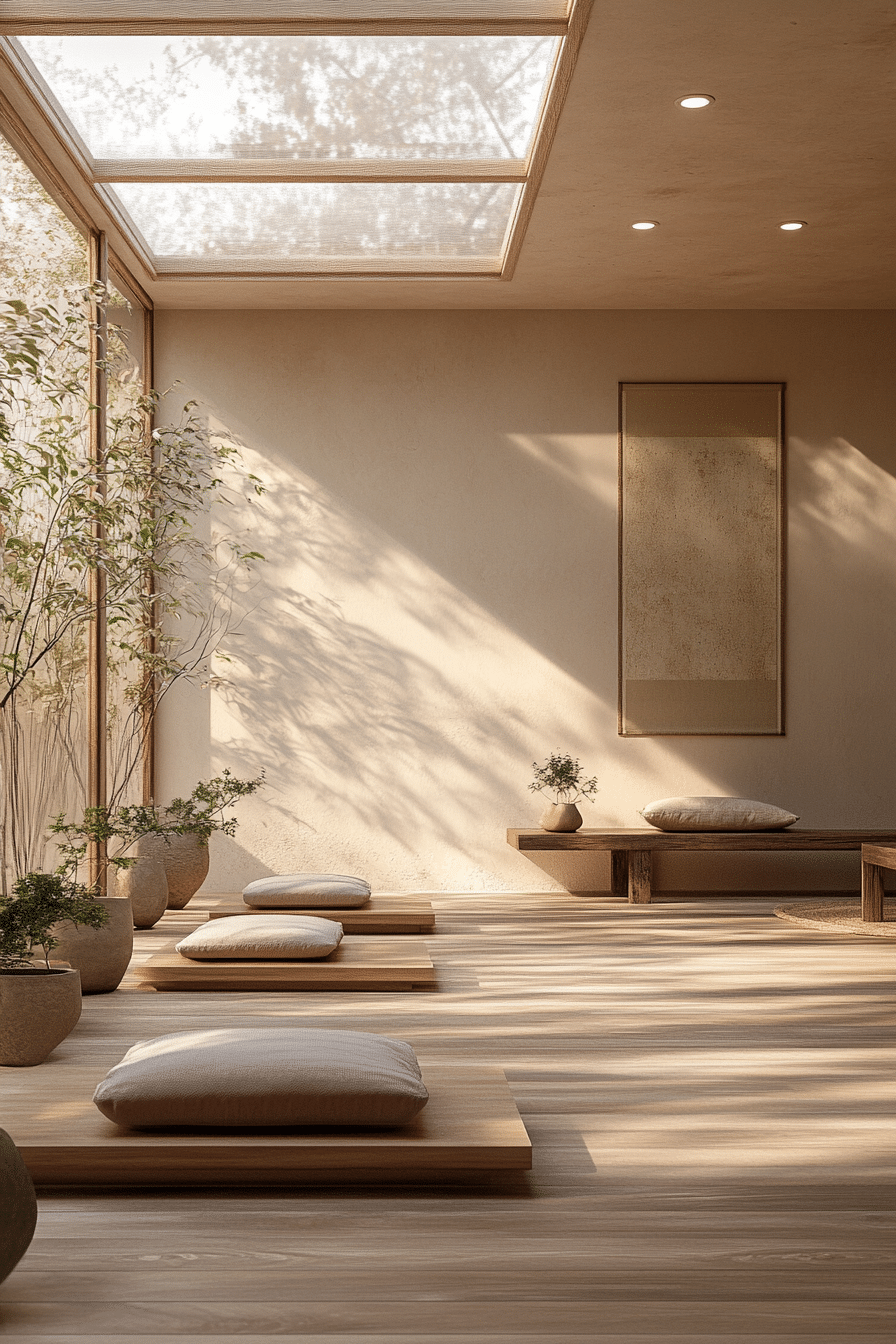LIFESTYLE
SEJAL MENGAJI & JANVI JAIN
May 25, 2025

“Your sacred space is where you can find yourself again and again.”
Joseph Campbell
An altar, derived from the Latin word altarium, has long stood as a place of offering and ritual — a space that connects the physical and the divine. Many religions have different meanings of an altar; some see it as a holy table, some as the Throne of God, and some believe it to be a place that awakens bhakti (devotion). But in essence, an altar is a space of worship.
Now, worship can mean different things to different people, and with that, the idea and function of an ‘altar’ differ.
Traditionally, in the Indian context, the puja ghar was the heart of the home. From Vastu-aligned floor plans to carefully chosen décor, it was seen as a portal to the divine. But in today’s cities, where apartments stack skyward and lives are busier than ever, the altar has slowly drifted from the centre to the sidelines.
Spirituality today is less about ritual and more about grounding yourself, connecting internally, and finding stillness amidst the chaos. In modern society, spirituality isn’t vanishing — it’s being reimagined. Domestic altars are no longer confined to a puja room but are considered intimate spaces of expression, belief, and grounding.

Reimagined Rituals of Modern Society
As more people migrate to cities, settle into compact apartments, and navigate the pressures of modern life, the traditional altar — once sacred and glowing — often remains unlit, gathering dust.
Remember those old TV ads and soap operas that opened with a courtyard tulsi plant and a woman with a head towel offering prayers at sunrise? Back then, the first question when building a home was, “Where will the puja room go?” Now, that question is more likely to be, “Where can we fit more storage?”
While many still follow rituals out of habit or heritage, the younger generation has begun to question and reimagine these practices. But that doesn’t mean we’ve stopped yearning for peace or connection — it just manifests differently now. The ‘sacred’ no longer needs to be overtly religious; it can be deeply personal, even quiet.
Gen-Z believes rituals can be as simple as mindfulness meditation, a whispered affirmation, creative expressions like journaling and art, or just a walk in the park.



The Spatial Science of Serenity
Even in the tiniest apartments, space can be carved — physically and energetically. Consider:
- Orientation: East-facing spaces welcome the morning sun — perfect for sun salutations or morning prayers.
- Natural Light & Ventilation: As ‘light’ has always played a role in spiritual symbolism, look for a well-lit space in your home.
- Acoustics: Spaces that echo chants or mantras can make the perfect setting for a daily ritual.
- Materials & Sensory Elements: Wood, brass, stone, incense, flowers — these elements create a tactile memory. A smell, a sound, or a texture can ground you and help you immerse yourself.
Vastu vs. Adaptation: While Vastu gives a solid foundation, modern life calls for flexibility. A spiritual corner can be on a balcony, a verandah, or even beside your bookshelf.


Elements and Energy of Intentions
The first step in creating an altar is setting an intention — like planting a seed in the mind. It could be peace, love, or clarity. It acts as a reminder of the feeling you wish to carry throughout the day. Unlike a goal, an intention is about how — and who — you want to be.
An altar doesn’t need to be fancy or ornate. It’s the intention that shapes it. The feeling of calmness is what makes it sacred and spiritual — something you are naturally drawn to each day.
Many Indian homes have had spiritual spaces or altars as an intrinsic part of their lives. In old Kerala houses (southern India), you’ll find a small wall nook with a lamp and idols. In Mumbai apartments (western India), you’ll find a small corner with a picture of a god, a candle, and some flowers.
Many Indians and Westerners perceive yoga as a powerful ritual, which can influence the energy around the altar of your home. Every time you step on a mat with mindfulness, an intention is set. Through every movement or meditation you do, you start to honour the space and create something bigger than yourself.
Supportive allies like singing bowls, yantras, crystals, and mantras can serve as anchors to set your intention in form. The striking of a singing bowl or the chanting of ‘OM’ is like a connecting thread between your inner space and the outer world, helping you feel calm and alive.
Crystals — especially clear quartz — can be placed on your mat or near the altar to help hold your intentions and amplify their energy. Yantras, made of paper or any metal, are believed to hold high energies of specific deities, serving as focal points for meditation.
Whether you light a lamp, chant a mantra, do yoga, or sit in stillness, it’s the intention that’s being amplified — the energy being anchored for your inner world to coordinate with your outer space.
The Need to Channel Spirituality in Our Home
When you return home after a day of chaos, a small corner of calm can shift everything. Spirituality isn’t some exotic, elevated pursuit, but a connection — to self, silence, and meaning.
Your spiritual space could be a nook with a diffuser, a balcony with indoor plants and morning chants, or a wall adorned with mandalas. It doesn’t matter what it looks like — what matters is how it feels. In an age of hustle and digital clutter, these spaces are acts of resistance and remembrance.
And in a world that constantly pulls us outward, these domestic altars are quiet invitations to return home — to ourselves.